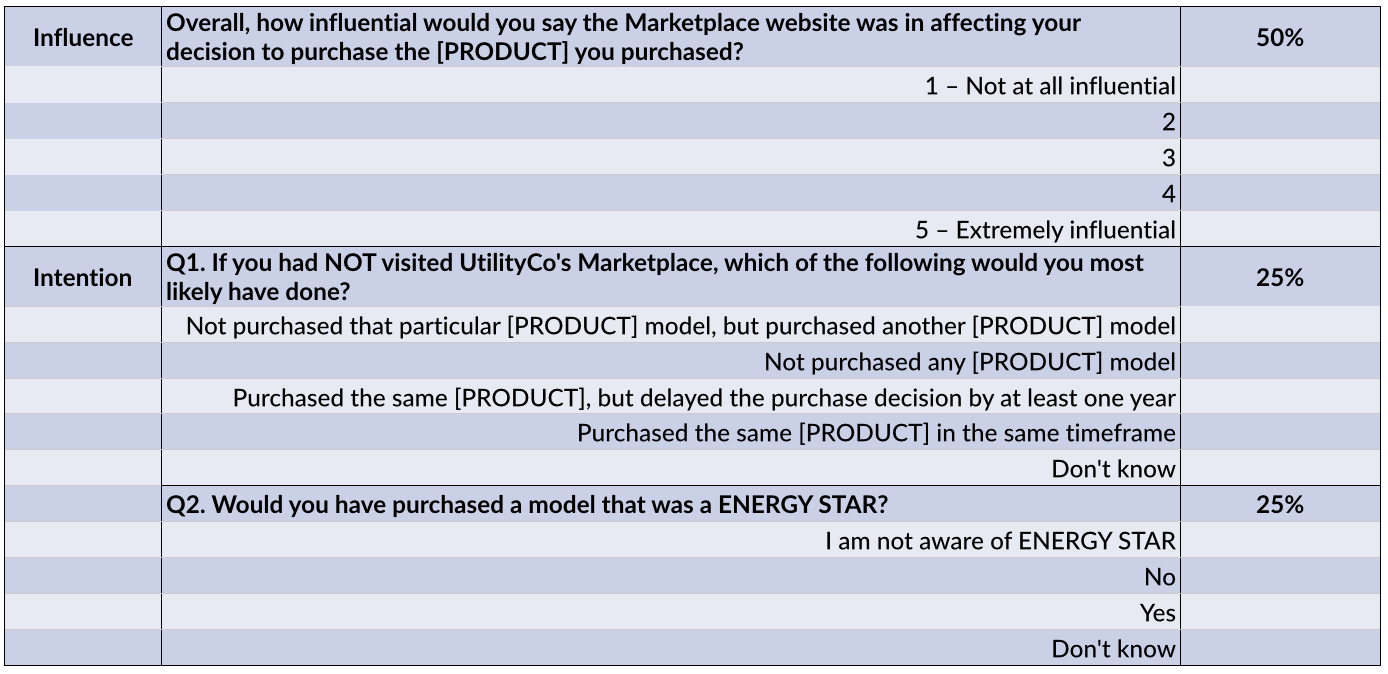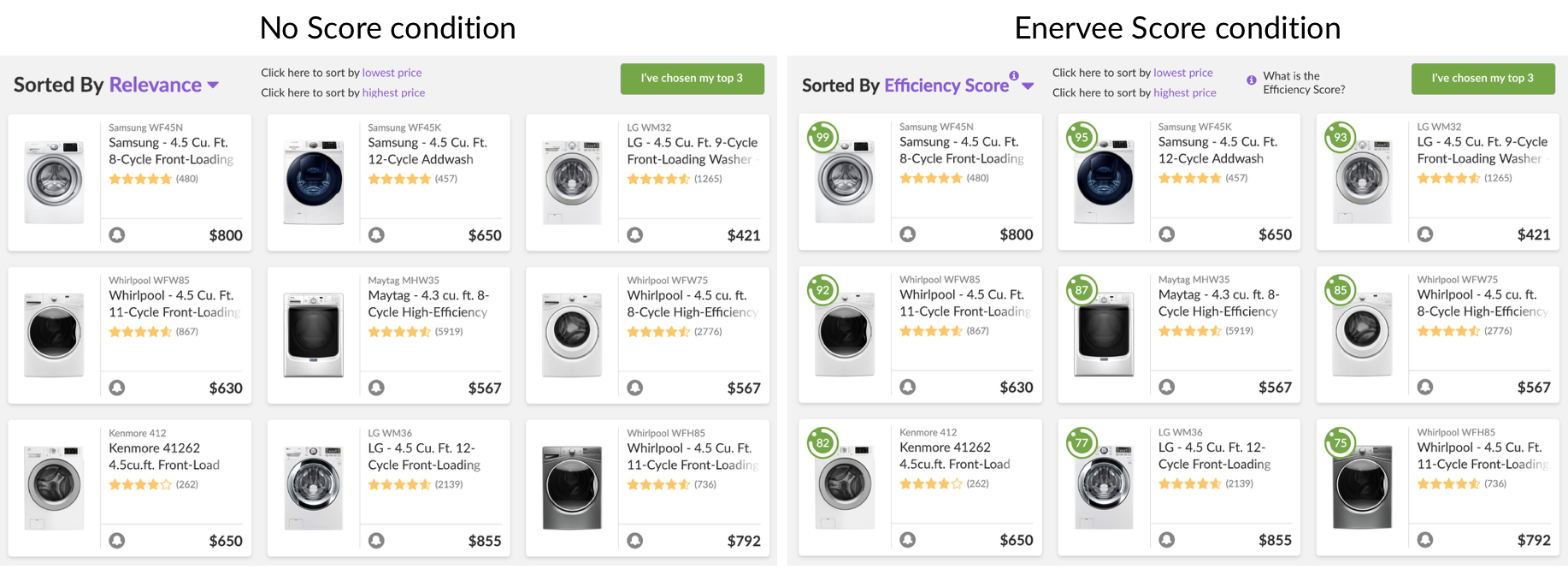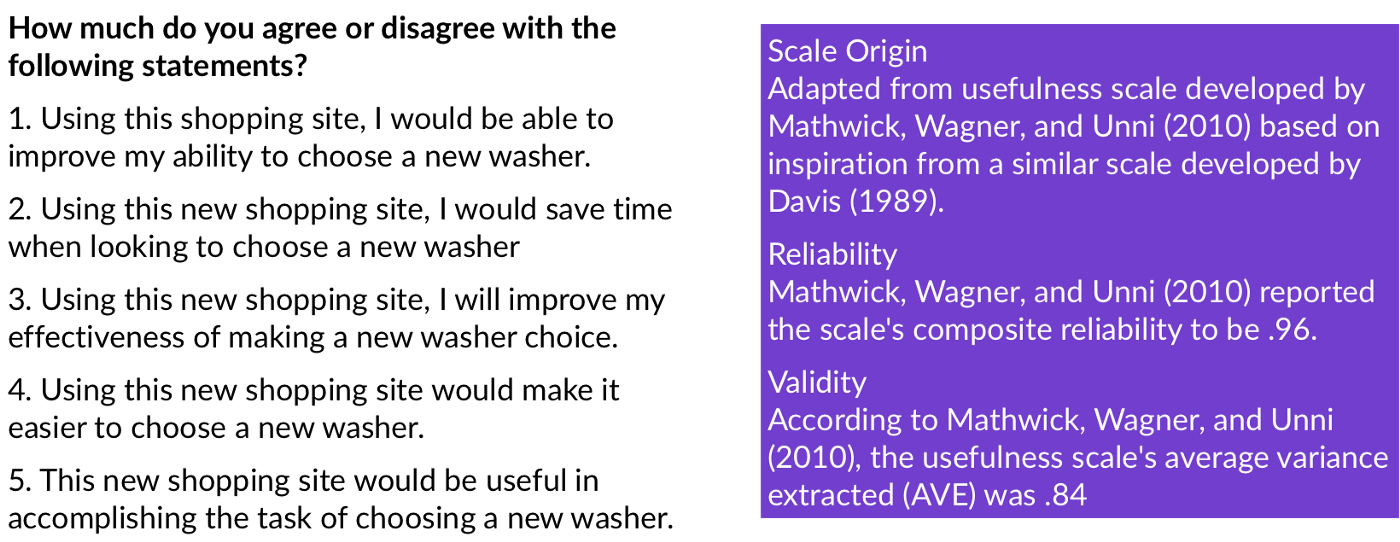A new research paper recently concluded that the European Energy Label had no measurable effect on willingness to pay for efficient products—while providing total cost of ownership information did. The only explanation offered was the narrow range of efficiency classes currently on the EU market. But that says little about decision-making, and nothing about why total cost of ownership proved more compelling.
At Enervee, we’ve been researching how people decide what to buy since before our founding. This behavioral science lens has guided the design of our award-winning utility Choice Engine platforms, which use behavioral nudges—and perhaps boosts—to shift buying behavior toward efficiency.
The art & science of evaluating influence
Evaluating energy efficiency programs designed to nudge buying behavior requires a different approach than traditional incentive-based programs. The key question is: How much energy savings were achieved as a result of the program?
For Choice Engine platforms, available to all customers without login requirements, evaluators typically rely on platform analytics (unique visitors, purchases) and customer surveys to estimate the number of efficient purchases—and related savings—attributable to the platform.
Survey responses are commonly used to calculate net-to-gross (NTG) ratios, asking whether the platform nudged a visitor to choose a more efficient product than they otherwise would have.
Pros & cons of the status quo
Customer self-report surveys are widely used in efficiency evaluations and can be cost-effective and transparent. Typically, evaluators combine questions on program influence and purchase intention into a composite NTG factor.

But there are flaws that can overestimate free-ridership, including:
- Consumers can’t reliably predict what they would have done in a counterfactual scenario
- Rationalization of past choices
- Failure to recognize subtle behavioral influences (like the Enervee Score)
- Social desirability bias in responses
Asking if a purchase would have been ENERGY STAR without the platform is also problematic. ENERGY STAR market share varies dramatically by category, not all certified products are highly efficient, and our randomized controlled trials (RCTs) show the Enervee Score drives efficiency even beyond ENERGY STAR.
From “influence” to “usefulness”
To address these issues, Enervee behavioral scientist Guy Champniss tested an alternative. Participants took both an influence survey and joined an RCT experiment—shopping with and without the Enervee Score and enhanced choice architecture.

Instead of a single “influence” question, participants answered a battery of five “usefulness” questions—covering time savings, ease of choice, effectiveness, and ability.

Why “usefulness” works better
- Consumers can easily judge if something was useful to them
- Usefulness avoids social desirability bias
- The survey battery is validated in academic literature
- RCTs confirmed significantly higher usefulness scores in the Enervee Score condition
- Usefulness strongly correlates with efficiency of chosen products; “influence” does not
Usefulness appears to be a valid proxy for platform influence on the efficiency of product choices.
Understanding buying decisions
More than 60% of U.S. consumers—and over 80% in California and Texas—say efficiency is important. But barriers like lack of transparency and the lay theory that efficient = expensive keep them from acting.
Enervee’s Choice Engines address these barriers by pairing intuitive signals (the Enervee Score) with analytical tools (bill savings, total cost of ownership). Independent studies confirm customers rate these features highly in terms of usefulness.
Our findings suggest that measuring “usefulness” offers a more reliable way to evaluate the real influence of behavioral programs than counterfactual intent questions.
A behavioral nudge—set to music
Had Tina Turner been a behavioral psychologist back in 1984, she might have sung:
What’s intention got to do, got to do with it?
What’s intention, but a second-hand emotion?
What’s intention got to do, got to do with it?
Who needs a brain when a brain can be nudged?
See how Enervee brings behavioral science into utility programs
Explore the Enervee utility marketplace →